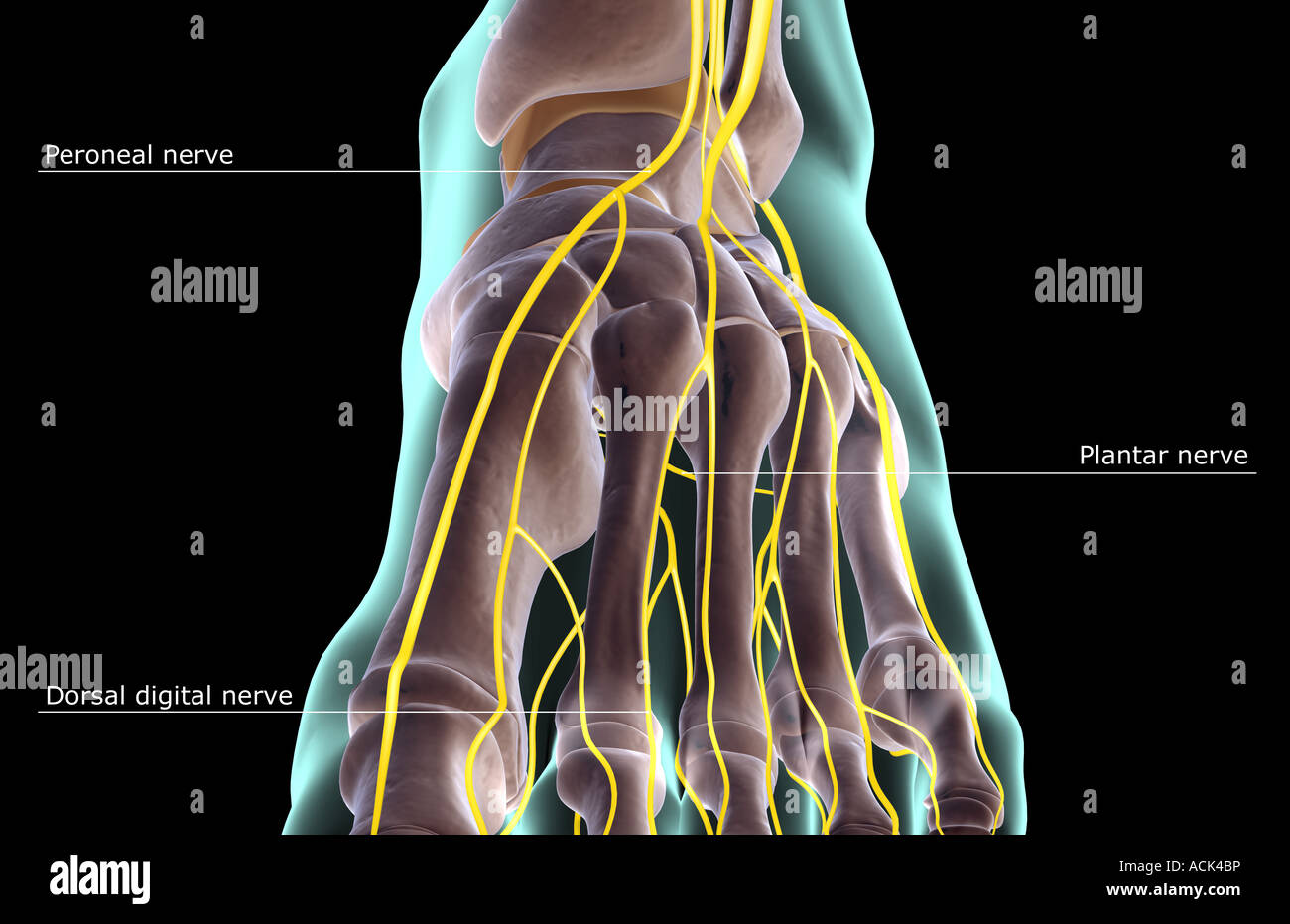
Peripheral nerve damage affects your hands, feet, legs, and arms, and it’s the most common type of nerve damage for people with diabetes. These are all symptoms of peripheral nerve damage. Your feet may be very sensitive to touch-even a bed sheet can hurt. Have you felt “pins and needles” or tingling in your feet? Maybe you feel like you’re wearing socks or gloves when you aren’t. Symptoms depend on the type of nerve damage you have and which nerves are affected. There are four main types of nerve damage. Symptoms of nerve damage usually develop slowly, so it’s important to notice your symptoms early so you can take action to prevent it from getting more serious. When you do this, you’ll also have more energy, and you’ll feel better! The good news is that you can help prevent or delay it by keeping your blood sugar as close to your target levels as possible.

Half of all people with diabetes have nerve damage. Nerve damage can cause health problems ranging from mild numbness to pain that makes it hard to do normal activities. High blood sugar damages your nerves, and these nerves may stop sending messages to different parts of your body. Nerve damage is one possible complication from having high blood sugar levels for a long time. Not only does it help you with day-to-day wellness, it can help prevent serious health problems down the road.


Managing your blood sugar is an essential part of your diabetes care plan. You can prevent it or slow its progress by keeping your blood sugar as close to your target range as possible and maintaining a healthy lifestyle. High blood sugar can lead to nerve damage called diabetic neuropathy. Nerve damage can affect your hands, feet, legs, and arms.


 0 kommentar(er)
0 kommentar(er)
